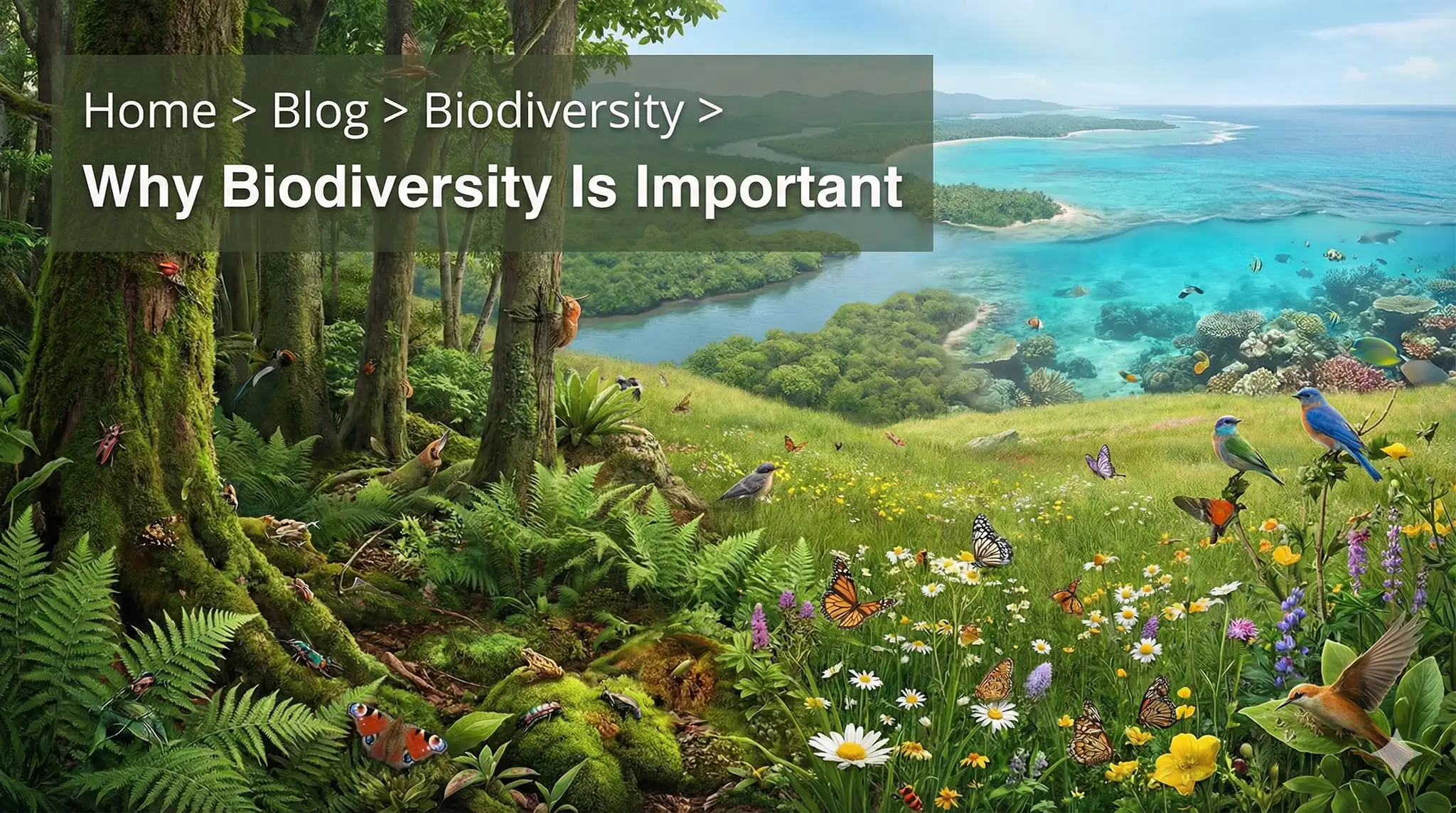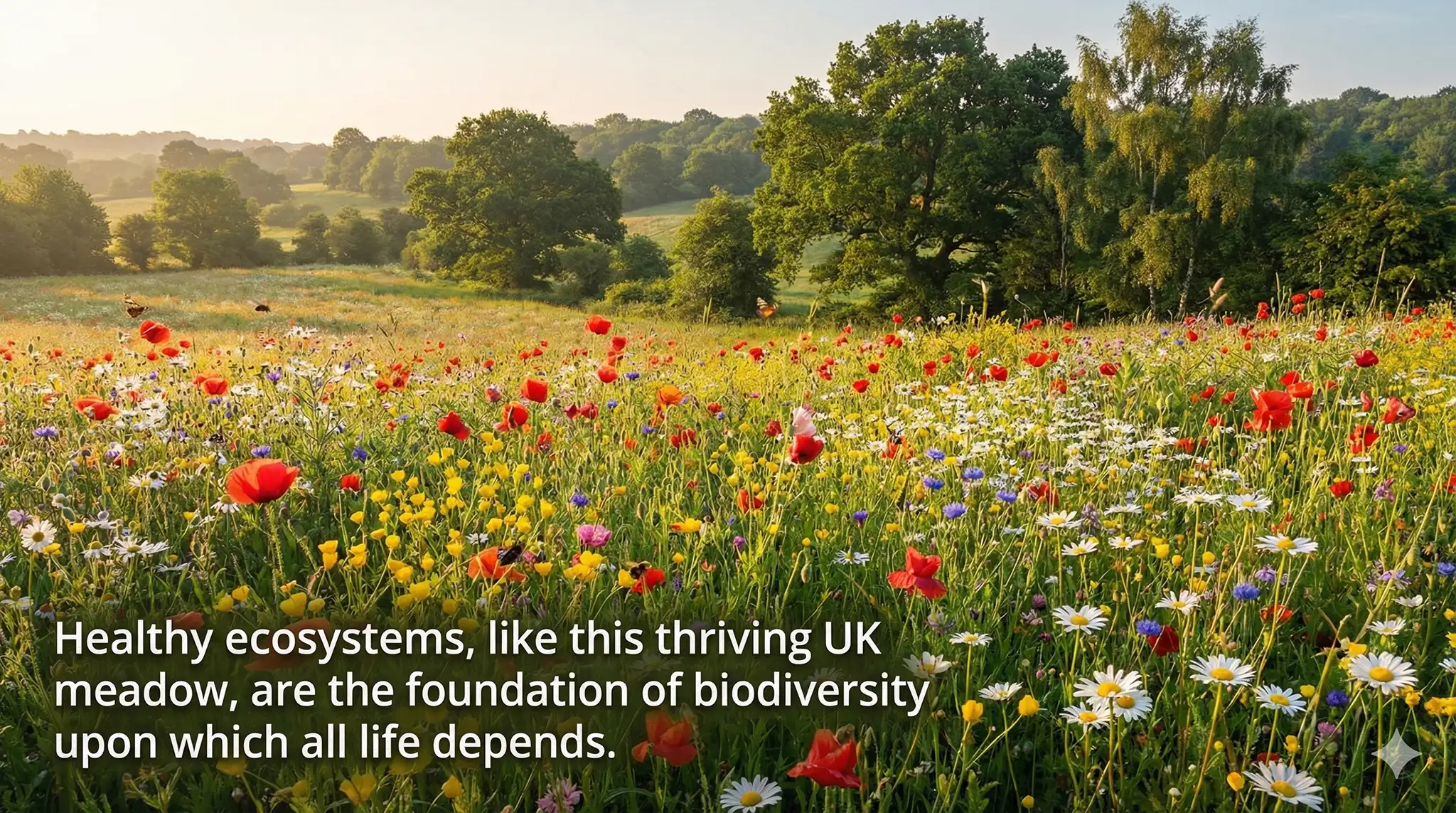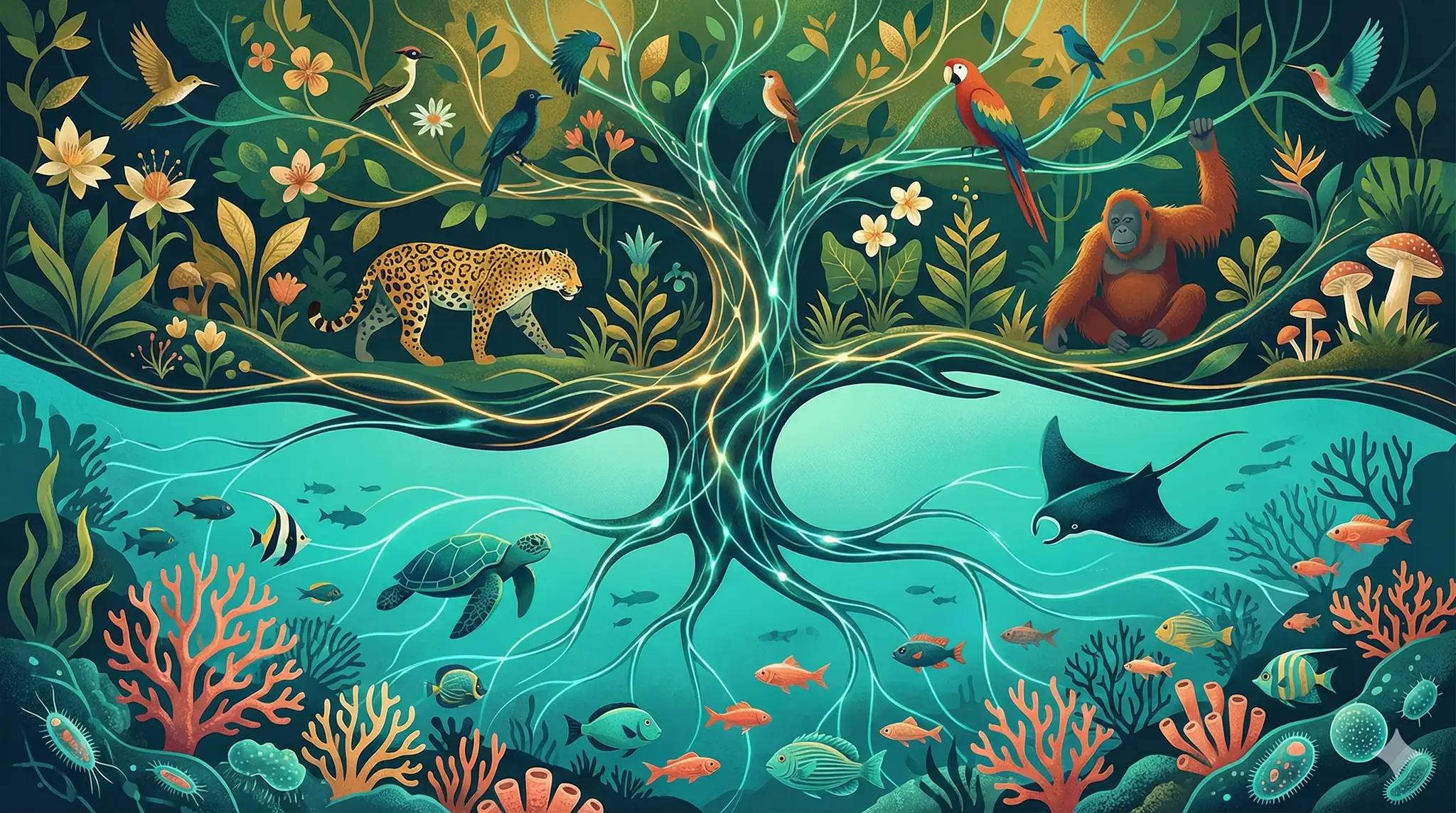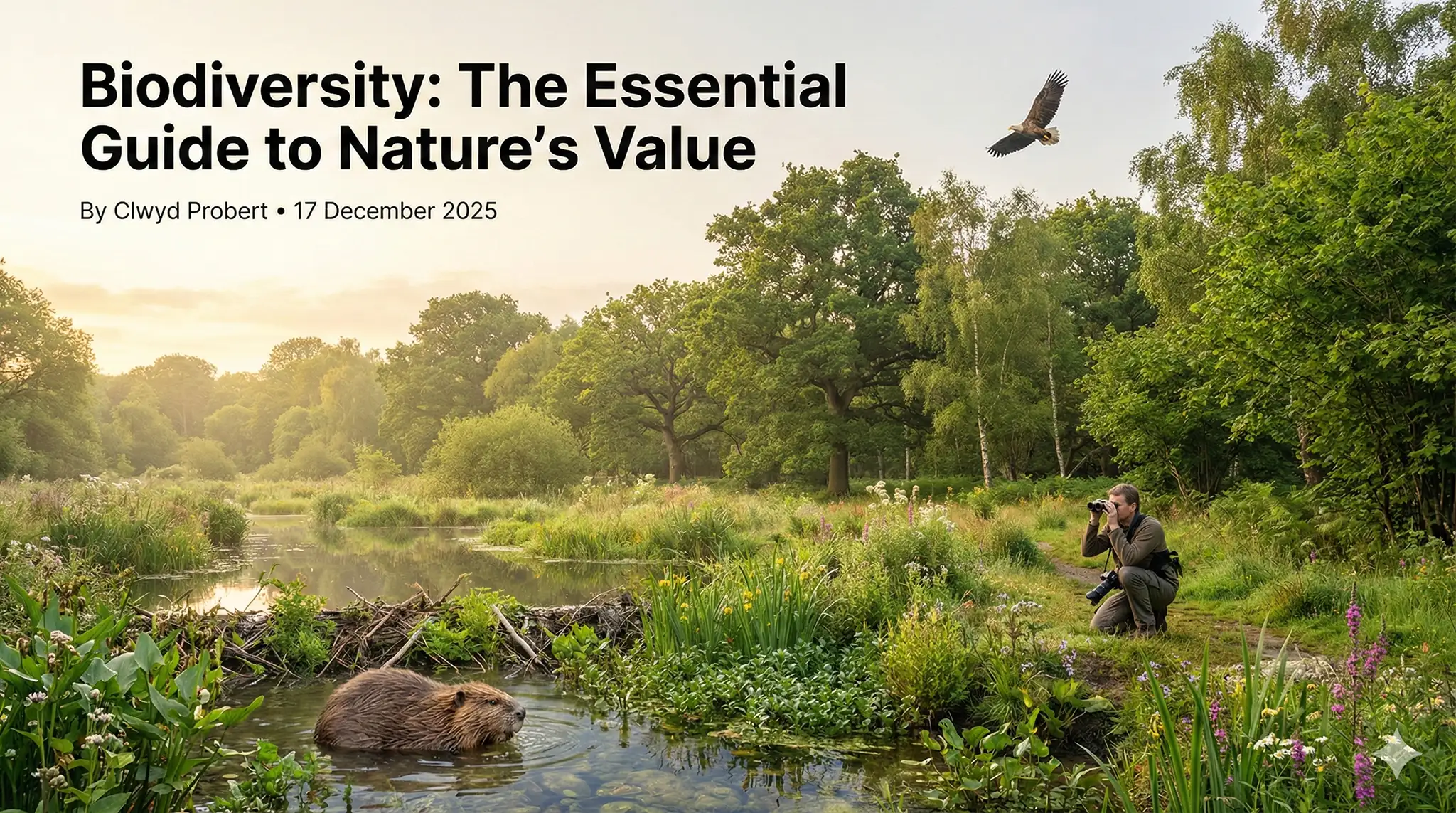There have been many international conventions on biodiversity. The first was the Convention on Biological Diversity (CBD), which was held in 1992. This was followed by the Cartagena Protocol on Biosafety in 2000. The Nagoya Protocol on Access to Genetic Resources and the Fair and Equitable Sharing of Benefits Arising from Their Utilization was held in 2010.
These conventions have helped to raise awareness about the importance of biodiversity. They have also resulted in some important changes, such as the creation of protected areas and the development of new conservation strategies.
Despite these positive changes, there is still much work to be done in order to fully protect and conserve biodiversity. The loss of biodiversity is a global problem that requires a concerted effort from all of us. We must do our part to protect the planet and its many creatures.
How can individuals help?
Individuals can help to protect biodiversity in many ways. We can reduce our impact on the environment by recycling, composting, and reducing our energy consumption. We can also support organizations that are working to protect biodiversity. By working together, we can make a difference and help to conserve the planet's biodiversity.
The Rio Earth Summit
 In 1992, countries around the world came together at the Rio Earth Summit and adopted the Convention on Biological Diversity (CBD). This was the first legally binding international agreement to address the conservation and sustainable use of biodiversity.
In 1992, countries around the world came together at the Rio Earth Summit and adopted the Convention on Biological Diversity (CBD). This was the first legally binding international agreement to address the conservation and sustainable use of biodiversity.
The CBD
 The CBD has three main goals: conservation of biodiversity, sustainable use of biodiversity, and fair and equitable sharing of the benefits from biodiversity. To date, the CBD has 196 Parties, including the European Union.
The CBD has three main goals: conservation of biodiversity, sustainable use of biodiversity, and fair and equitable sharing of the benefits from biodiversity. To date, the CBD has 196 Parties, including the European Union.
The CBD has been successful in raising awareness about the importance of biodiversity and has resulted in the adoption of several national and regional biodiversity strategies and action plans. The CBD has also helped to create several important international instruments, including the Strategic Plan for Biodiversity 2011-2020 and the AICHI Biodiversity Targets.
However, the CBD has been criticized for not being effective enough in its conservation goals, and for not providing adequate funding for biodiversity conservation. Nonetheless, the CBD remains an important agreement for the conservation of our planet's biodiversity.
International agreement on biodiversity
The first international agreement on biodiversity was the Convention on Biological Diversity, which was created at the Rio Earth Summit in 1992.
This was followed by the Cartagena Protocol on Biosafety in 2000, which addressed the issue of genetically modified organisms.
In 2010, the Nagoya Protocol was adopted in order to ensure the fair and equitable sharing of benefits arising from the use of genetic resources.
Most recently, the Aichi Targets were adopted in 2010 as part of the Strategic Plan for Biodiversity 2011-2020.
The Aichi Targets
The Aichi Targets are a set of goals that aim to conserve biodiversity and promote sustainable use. They were adopted in 2010 as part of the Strategic Plan for Biodiversity 2011-2020.
The CBD has been successful in raising awareness about the importance of biodiversity and has resulted in the adoption of several national and regional biodiversity strategies and action plans. The CBD has also helped to create several important international instruments, including the Strategic Plan for Biodiversity 2011-2020 and the AICHI Biodiversity Targets.
However, the CBD has been criticized for not being effective enough in its conservation goals, and for not providing adequate funding for biodiversity conservation. Nonetheless, the CBD remains an important agreement for the conservation of our planet's biodiversity.
Why is biodiversity important?
Biodiversity is the variety of life on Earth. It includes all of the different plants, animals, and microorganisms that make up our planet's ecosystems.
Biodiversity is important for the survival of humans and all other species. It provides us with food, water, and other resources. It also helps to regulate the Earth's climate and provides us with a sense of place and belonging.
Biodiversity is under threat from a number of human activities, including habitat destruction, pollution, and climate change. We need to take action to protect biodiversity and ensure that it can continue to provide us with the benefits that we rely on.
Biodiversity is important because it helps to maintain the balance of life on Earth. It provides us with food, water, and air. It also helps to regulate the climate and provides us with medicines and other resources.
Biodiversity under threat
Biodiversity is under threat from many different human activities. These include deforestation, pollution, overfishing, and climate change.
We need to take action to protect biodiversity and ensure that it can continue to provide us with the benefits that we rely on. We need to raise awareness about the importance of biodiversity and the threats that it faces. We also need to take steps to reduce our impact on the environment.
There are many things that we can do to help protect biodiversity. We can learn about the different species that make up our planet and the habitats that they rely on. We can make sure that we only buy products that have been sustainably sourced. And we can support organizations that are working to protect biodiversity.
By taking action to protect biodiversity, we can help to ensure that our planet remains a place of wonder and diversity for generations to come.
The Convention on Biological Diversity (CBD) is a multilateral treaty that was signed by 168 countries in 1992 and came into effect on December 29, 1993. The CBD has three main goals: conservation of biodiversity, sustainable use of biodiversity, and fair and equitable sharing of benefits from the use of genetic resources.
The CBD's objective is to promote sustainable use of the world's biodiversity. The treaty was opened for signature at the 1992 Earth Summit in Rio de Janeiro. The CBD has five Conferences of the Parties (COP) that are held every two years to assess the progress of the treaty and make decisions on how to implement it.
The Conferences of the parties (COP)
The most recent COP was held in October 2018 in Egypt. The next COP will be held in China in 2020.
The CBD has three supplementary agreements: the Cartagena Protocol on Biosafety, the Nagoya Protocol on Access to Genetic Resources and the Fair and Equitable Sharing of Benefits Arising from their Utilization, and the Minamata Convention on Mercury.
The Cartagena Protocol
The Cartagena Protocol on Biosafety is a supplementary agreement to the CBD that seeks to protect biological diversity from the risks posed by living modified organisms (LMOs) resulting from modern biotechnology. The Protocol was adopted in January 2000 and came into effect in September 2003. As of December 2018, the Protocol has 172 Parties.
The Nagoya Protocol
The Nagoya Protocol on Access to Genetic Resources and the Fair and Equitable Sharing of Benefits Arising from their Utilization is a supplementary agreement to the CBD that was adopted in October 2010 and came into effect in October 2014. The Protocol provides a legal framework for the fair and equitable sharing of benefits arising from the utilization of genetic resources. As of December 2018, the Protocol has 105 Parties.
The Minamata Convention
The Minamata Convention on Mercury is a global treaty to protect human health and the environment from the adverse effects of mercury. The Convention was adopted in October 2013 and came into effect in August 2017. As of December 2018, the Convention has 128 Parties.
The United Nations Framework Convention
The United Nations Framework Convention on Climate Change (UNFCCC) is the main international treaty on climate change. The objective of the UNFCCC is to "stabilize greenhouse gas concentrations in the atmosphere at a level that would prevent dangerous human interference with the climate system." The UNFCCC was opened for signature at the 1992 Earth Summit in Rio de Janeiro, and entered into force on 21 March 1994. As of August 2016, the Convention had 196 Parties.
Why are Biodiversity conventions important?
Biodiversity conventions are important because they provide a framework for countries to cooperate in order to conserve biodiversity and sustainable use of natural resources. The three main biodiversity conventions are the Convention on Biological Diversity (CBD), the Convention on International Trade in Endangered Species of Wild Fauna and Flora (CITES), and the Ramsar Convention on Wetlands.
The CBD is the most important of the three conventions, as it is the only one that focuses specifically on biodiversity. It was adopted in 1992 and came into force in 1993. The CBD has three main goals: conservation of biodiversity, sustainable use of biodiversity, and fair and equitable sharing of benefits arising from the use of biodiversity.
CITES
CITES was adopted in 1973 and came into force in 1975. It is an international agreement that regulates trade in endangered species of plants and animals. The purpose of CITES is to ensure that international trade in wildlife does not threaten the survival of species.
The Ramsar Convention on Wetlands
The Ramsar Convention on Wetlands was adopted in 1971 and came into force in 1975. It is an international treaty that provides a framework for the conservation and sustainable use of wetlands. The Ramsar Convention has three main goals: conservation of wetlands, sustainable use of wetlands, and wise use of wetlands.
Conventions on biodiversity are important because they help to protect the world's ecosystems and species. They also raise awareness about the importance of conservation and sustainable development.
Some of the most important conventions on biodiversity include the Convention on Biological Diversity (CBD), the Convention on International Trade in Endangered Species of Wild Fauna and Flora (CITES), and the Ramsar Convention on Wetlands. These conventions have been successful in reducing habitat loss and protecting threatened species.
The CBD is the most important convention on biodiversity. It was adopted in 1992 and has been signed by 196 countries. The CBD sets out targets for the conservation and sustainable use of biodiversity. It also promotes international cooperation on biodiversity issues.
CITES was adopted in 1973 and has been signed by 182 countries. It regulates the international trade in endangered species of plants and animals. CITES has helped to reduce the illegal trade in endangered species and has helped to protect many species from extinction.
The Ramsar Convention on Wetlands was adopted in 1971 and has been signed by 168 countries. It promotes the conservation and sustainable use of wetlands. The Ramsar Convention has helped to protect many wetlands from being destroyed or degraded.
Conventions on biodiversity are important because they help to protect the world's ecosystems and species. They also raise awareness about the importance of conservation and sustainable development.
Biodiversity is a term that refers to the variety of life on Earth. This includes the different plants, animals, and microorganisms that make up our planet. In the past, biodiversity was considered to be a static concept. The focus was on preserving biodiversity for future generations. However, the focus has shifted to sustainable use of biodiversity.
There is a greater emphasis on the role of humans in biodiversity. The goal is to create a balance between human needs and the needs of the environment. This is important because humans rely on biodiversity for our survival. For example, we need healthy ecosystems to provide us with clean air and water. Biodiversity also provides us with food, medicine, and other resources.
The three major international conventions on biodiversity
There have been three major international conventions on biodiversity: the Convention on Biological Diversity (CBD), the Cartagena Protocol on Biosafety, and the Nagoya Protocol on Access to Genetic Resources and the Fair and Equitable Sharing of Benefits Arising from Their Utilization.
The CBD was created in 1992 and entered into force in 1993. It is the most comprehensive of the three conventions, and its objective is to "conserve biodiversity and use it sustainably." The Nagoya Protocol was adopted in 2010 and entered into force in 2014. It builds on the CBD and aims to ensure that countries share the benefits of using genetic resources in a fair and equitable way. The Cartagena Protocol was adopted in 2000 and entered into force in 2003. It is focused on protecting biodiversity from the risks posed by living modified organisms (LMOs), also known as genetically modified organisms (GMOs).
The CBD, the Nagoya Protocol, and the Cartagena Protocol are all important steps in protecting biodiversity. However, more needs to be done to ensure that biodiversity is conserved and used sustainably. We need to find a balance between meeting the needs of humans and the needs of the environment. This is not an easy task, but it is essential for the future of our planet.
Humans have always depended on the natural world for our survival. We rely on healthy ecosystems to provide us with clean air and water. Biodiversity also provides us with food, medicine, and other resources. The goal of sustainable use of biodiversity is to create a balance between human needs and the needs of the environment.
There have been three major international conventions on biodiversity: the Convention on Biological Diversity (CBD), the Cartagena Protocol on Biosafety, and the Nagoya Protocol on Access to Genetic Resources and the Fair and Equitable Sharing of Benefits Arising from Their Utilization.
The CBD was created in 1992 and entered into force in 1993. It is the most comprehensive of the three conventions, and its objective is to "conserve biodiversity and use it sustainably." The Nagoya Protocol was adopted in 2010 and entered into force in 2014. It builds on the CBD and aims to ensure that countries share the benefits of using genetic resources in a fair and equitable way. The Cartagena Protocol was adopted in 2000 and entered into force in 2003. It is focused on protecting biodiversity from the risks posed by living modified organisms (LMOs), also known as genetically modified organisms (GMOs).
The CBD, the Nagoya Protocol, and the Cartagena Protocol are all important steps in protecting biodiversity. However, more needs to be done to ensure that biodiversity is conserved and used sustainably. We need to find a balance between meeting the needs of humans and the needs of the environment. This is not an easy task, but it is essential for the future of our planet.
The seventh and most recent Conference of the Parties to the Convention on Biological Diversity (CBD) was held in Hyderabad, India in 2012. The next conference will be held in 2020. The 196 member countries and 2 observer countries of the CBD convened in 1992 and have held 7 conferences in total. The CBD's mission is to "conserve biodiversity and ensure the sustainable use of its components."
The CBD has helped create many important international conventions and agreements, including the Nagoya Protocol. The Nagoya Protocol is a legally binding instrument under the CBD that establishes an international regime for the access to genetic resources and the sharing of benefits arising from their utilization. The Protocol was adopted in 2010 and came into effect in 2014. As of 2019, the Protocol has been ratified by 168 parties.
The CBD has also helped to establish important international norms and standards for the conservation and sustainable use of biodiversity. The first version of the CBD was adopted in 1992, and the most recent update was adopted in 2018. The CBD is an important international forum for discussion and negotiation on issues related to biodiversity conservation and sustainable use.
The CBD has been successful in its mission to conserve biodiversity and ensure the sustainable use of its components. The CBD has helped to create many important international conventions and agreements, including the Nagoya Protocol. The CBD has also helped to establish important international norms and standards for the conservation and sustainable use of biodiversity. The CBD is an important international forum for discussion and negotiation on issues related to biodiversity conservation and sustainable use.



